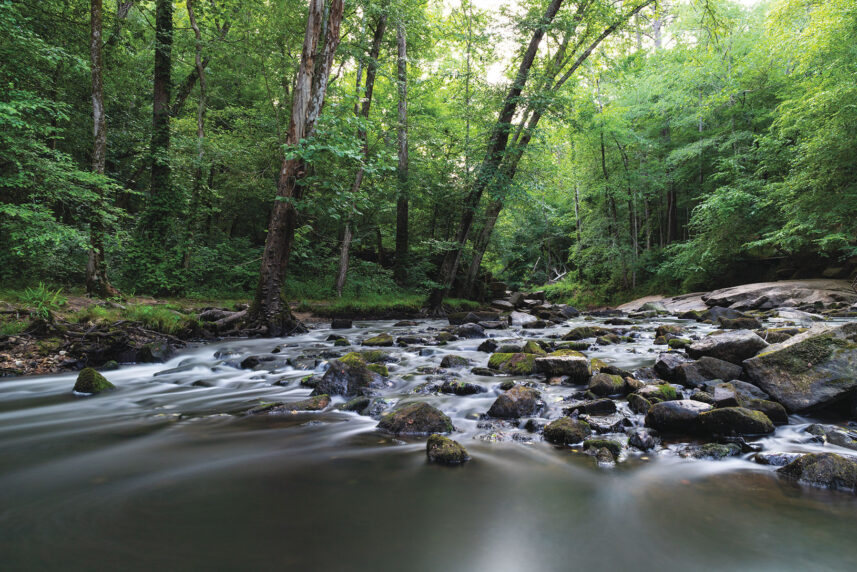Article:
Umstead Park’s ruins tell a story of North Carolina’s rural history.
BY ERIC MEDLIN
William B. Umstead State Park is one of the most-visited state parks in North Carolina. According to the North Carolina Department of Natural and Cultural Resources, the park had over a million visitors in 2021. A large percentage of these visitors park at the Reedy Creek entrance off I-40 and head down the Loblolly or Company Mill trails. Old stone walls and graveyards visible along these trails may pique visitors’ curiosity, but few realize that they are walking through two centuries of European and American history and past the remains of a small, once-vibrant community. The history of this area is both a story of rural life in North Carolina and a testament to the way that a park built to preserve nature can also help to protect historical artifacts.
In the mid-18th century, English settlers, following the defeat of the Tuscarora Native American tribe in 1713, began to move west onto land once occupied by other Native American groups like the Eno and Saponi tribes. They fanned out across eastern and central North Carolina in search of fertile land and places to accommodate trade. They traveled along the state’s major rivers—most notably the Cape Fear, Neuse and Tar. Settlers would arrive in an area, clear land, plant corn, and build mills on local waterways to grind corn into meal. They used water for transportation and built roads to connect disparate settlements and facilitate mail delivery. From the rivers, the English spread down creeks and settled on modest plots of land, dividing much of central North Carolina into small farms.
COMPANY MILL AND CRABTREE CREEK
Settlers reached the Crabtree Creek area in the late 18th century. In 1779, William Warren received one of the first land grants in the area and established a homestead. He was soon joined by the King, Edwards, Page and Blake families. Early settler Lewis Page’s son, Anderson, established a grist mill on Crabtree Creek in the early 19th century. Known as Company Mill, the ruins of this structure still stand today, most notably the massive stone wall of the mill dam located just off Company Mill Trail. The Page family gained fame in the late 1800s and early 1900s when three Page brothers—Walter Hines, Robert and Frank—all rose to positions of statewide and national importance. Walter Hines Page served as ambassador to Great Britain and wrote a novel, The Southerner, partially set at Company Mill.
These families and a few others remained in the Crabtree Creek area for several decades. They built two schools and at least a dozen homes, and they conducted business in adjoining Adams Crossroads. Early residents told their descendants stories of planting corn, raising livestock and occasionally growing cotton or tobacco. Maps from 1887 and 1911 show Page’s Millpond (the pond for Company Mill) as well as an Adams Store at the location of what is today called Adams Crossroads. Directories from the time appear to mention the store at Adams Crossroads as well.
In general, however, the land was too poor to attract attention from substantial businessmen or railroad concerns—and still less at the level of nearby Morrisville or Cary. There were no economic opportunities to bring in new residents and no jobs or fertile farmland to induce the children of local families to stay. The Crabtree Creek area was almost entirely forgotten. By 1933, the few remaining residents of the area were on government relief and in need of help.
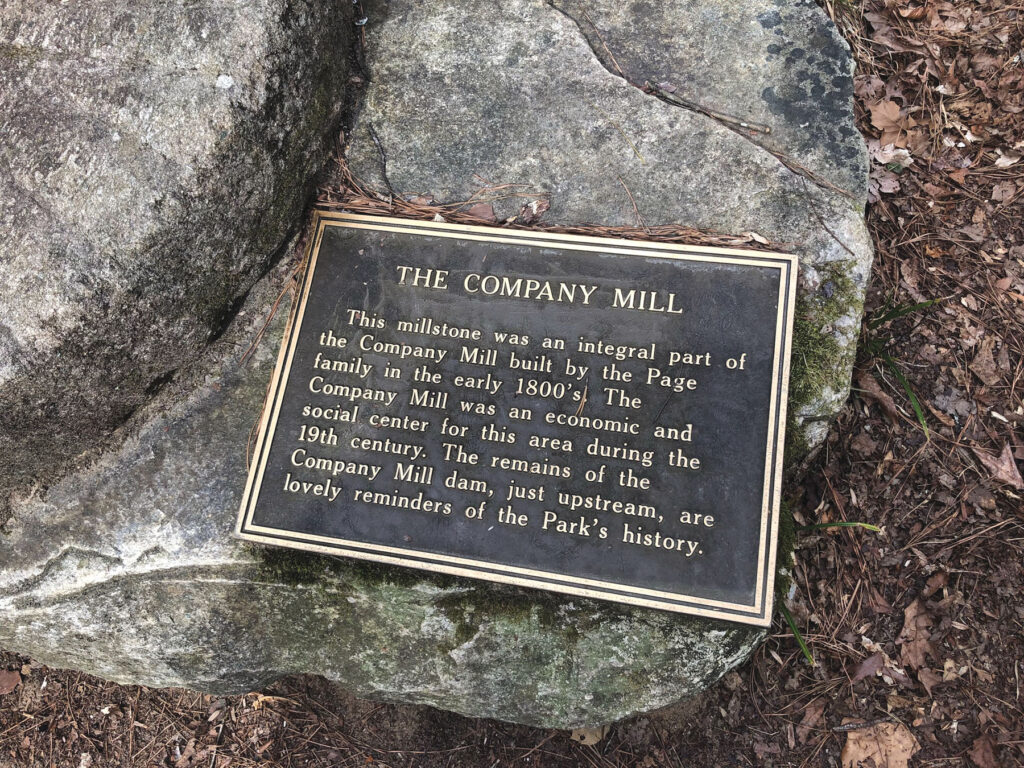
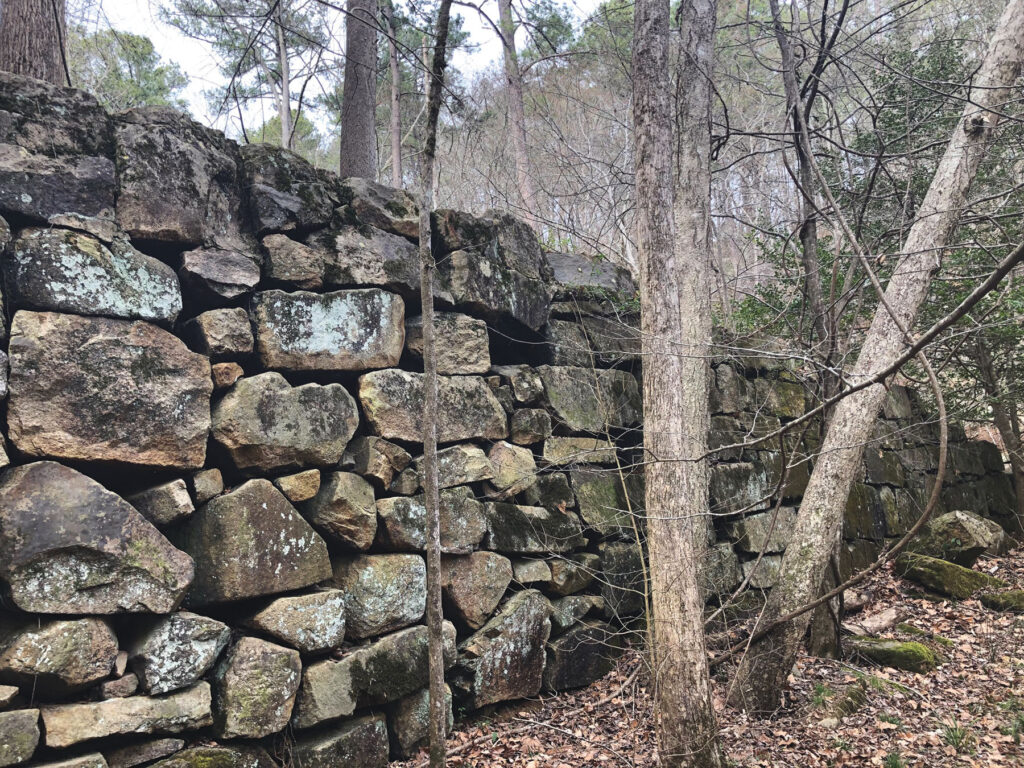
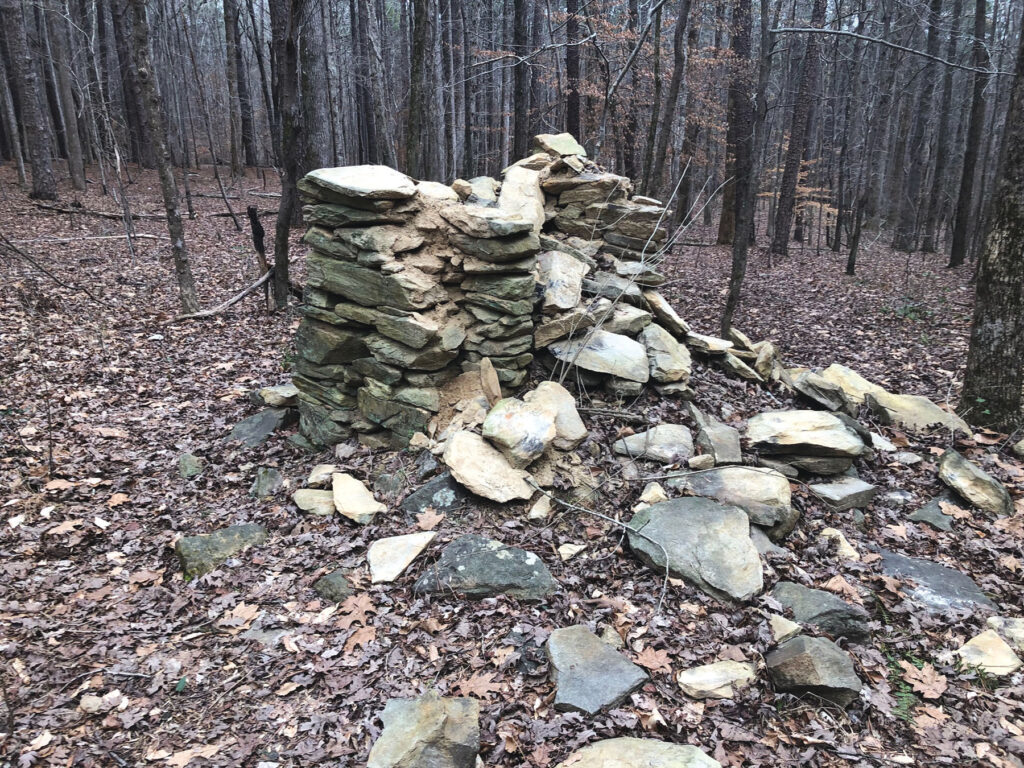
CRABTREE CREEK BECOMES PARK LAND
In the 1930s, the National Park Service bought over 6,000 acres of land around Crabtree Creek and built a lake and a campground. This purchase was part of the federal government’s National Recreational Area project, the basis for several other parks across the country including Acadia National Park and the Blue Ridge Parkway. The government sought to provide land for new state and national parks while also giving cash to poor farmers, often near urban areas. In the Henderson Daily Dispatch in 1935, James Gray, one of the project’s directors, said when the purchase was announced, “Crabtree Creek provides an excellent example of how poor land can be utilized for the benefit of the community.” The newly purchased land became Crabtree Creek Recreational Demonstration Area.
In 1950, North Carolina took over the land from the federal government to build state parks. The area, therefore, remained protected from the rush of development that has defined Wake County for the past six decades.
WHAT REMAINS TODAY
The park still holds evidence of its 19th-century residents. Wooden structures are mostly gone, but a number of stone buildings, foundations and monuments remain. A 2012 North Carolina State University study documented the ruins of five mills in the current landscape of William B. Umstead State Park. Foundation stones and chimneys, as well as old wells, exist throughout the park. The Umstead Coalition published Tom Weber’s book about the park’s history, Stories in Stone, which notes that clearings and ornamental plants such as magnolias mark where homes used to be. Park planners transformed centuries-old roads into trails like the Reedy Creek Trail (which was once called Old Middle Hillsboro Road). Cemeteries of at least a half-a-dozen families can be found on or near the park’s major trails. Some of the oldest graves in these cemeteries date back to the 19th century.
Many of the ruins that remain are located near the Reedy Creek entrance to the park. This entrance is a legacy of the period between 1950 and 1964, when the park was segregated. In 1950, North Carolina turned the former federal recreation area into two state parks, one for White residents and one for Black. The south side, Reedy Creek State Park, was the site of the Company Mill ruins, while the north side, Crabtree Creek State Park, contained graves, a homesite and a ruined tobacco barn. A 1962 article praised Reedy Creek State Park for employing some of the only Black rangers and naturalists to work in any state park in the nation. The parks were segregated for over 15 years before being integrated in 1966, adding Reedy Creek to the land that had formerly been called Crabtree Creek State Park and had recently been renamed William B. Umstead State Park.
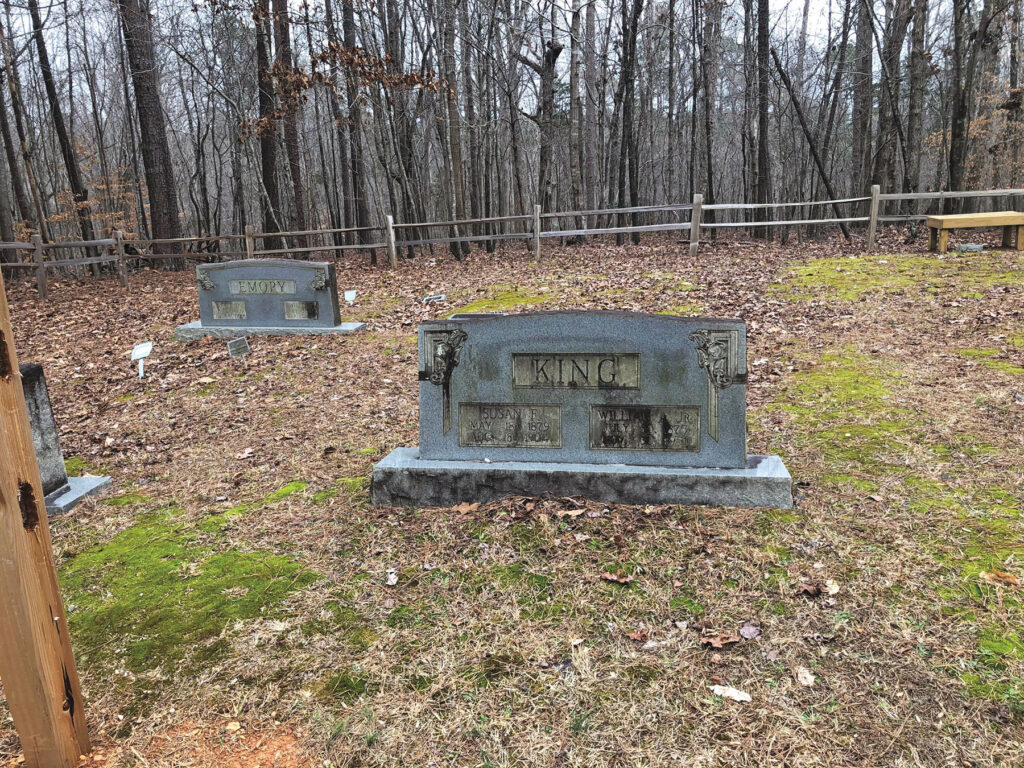
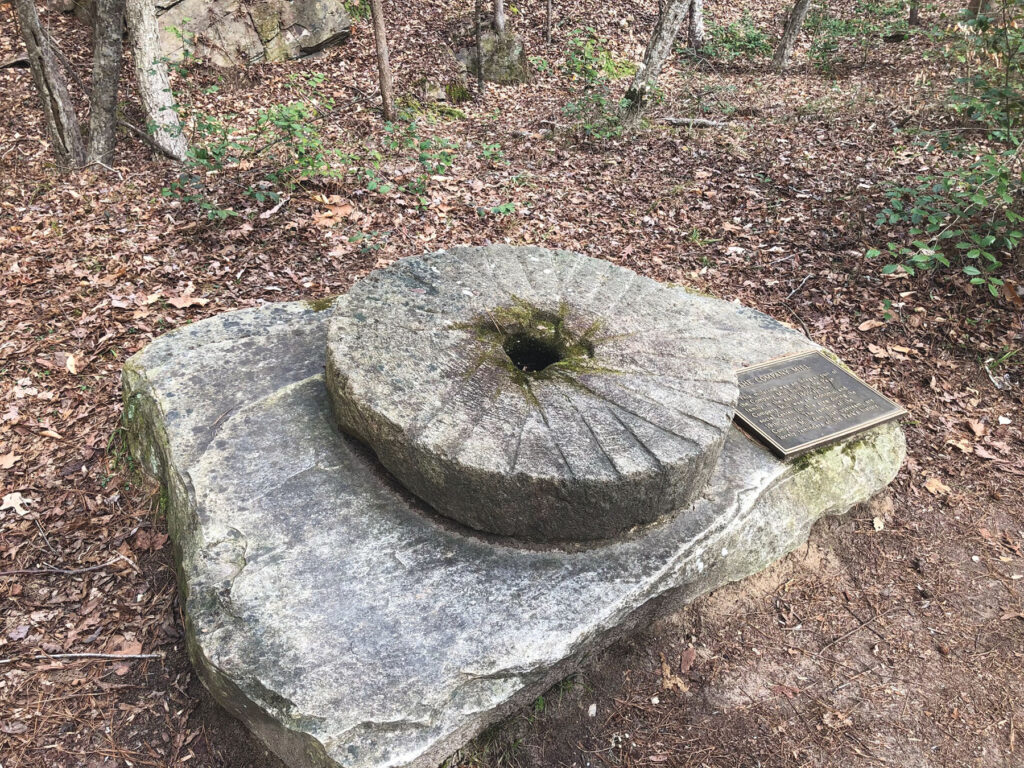
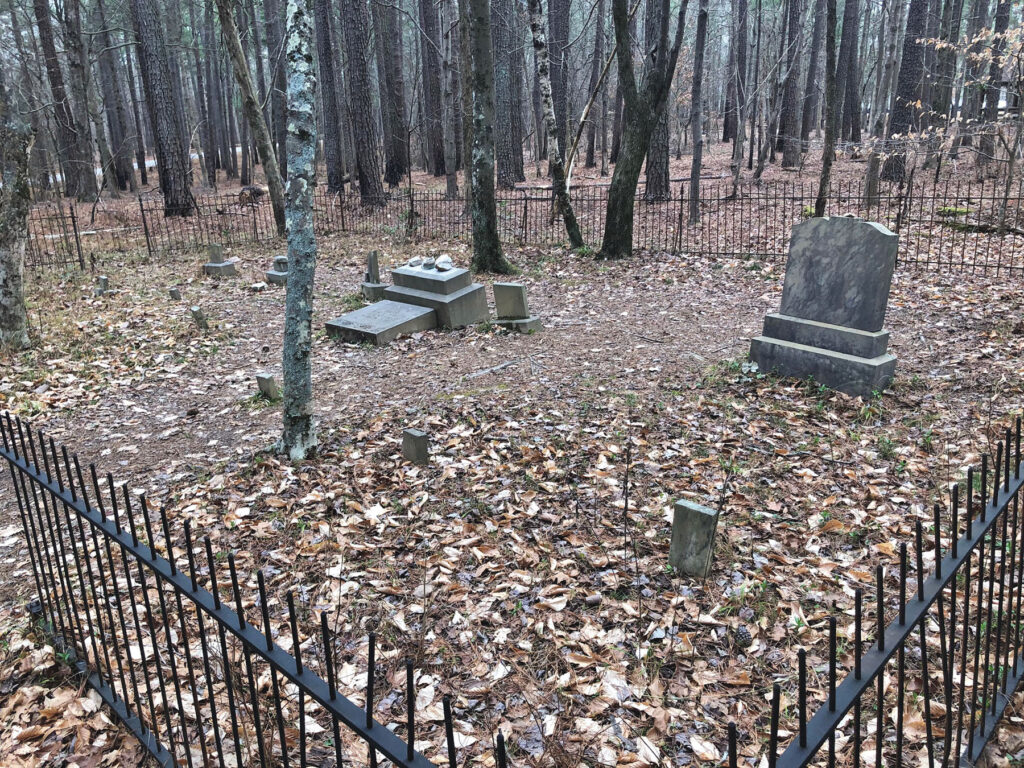
WILLIAM B. UMSTEAD STATE PARK TODAY
Today, William B. Umstead State Park is a natural oasis in one of North Carolina’s most urban counties. Wake County has nearly tripled in population in the past 30 years. It has grown outward in all directions, with new developments being built at the expense of Piedmont forests. Amid all of this hustle and bustle, the park offers thousands of acres of natural beauty with only the occasional recreational facility or pile of stones to remind the visitor of its human history.
The homesteads, mills and cemeteries of the park add to its grandeur. They preserve in Umstead Park relics of the way life in much of the Old North State used to be.
